
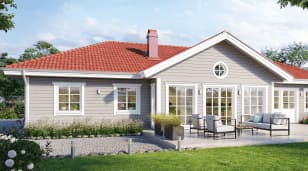
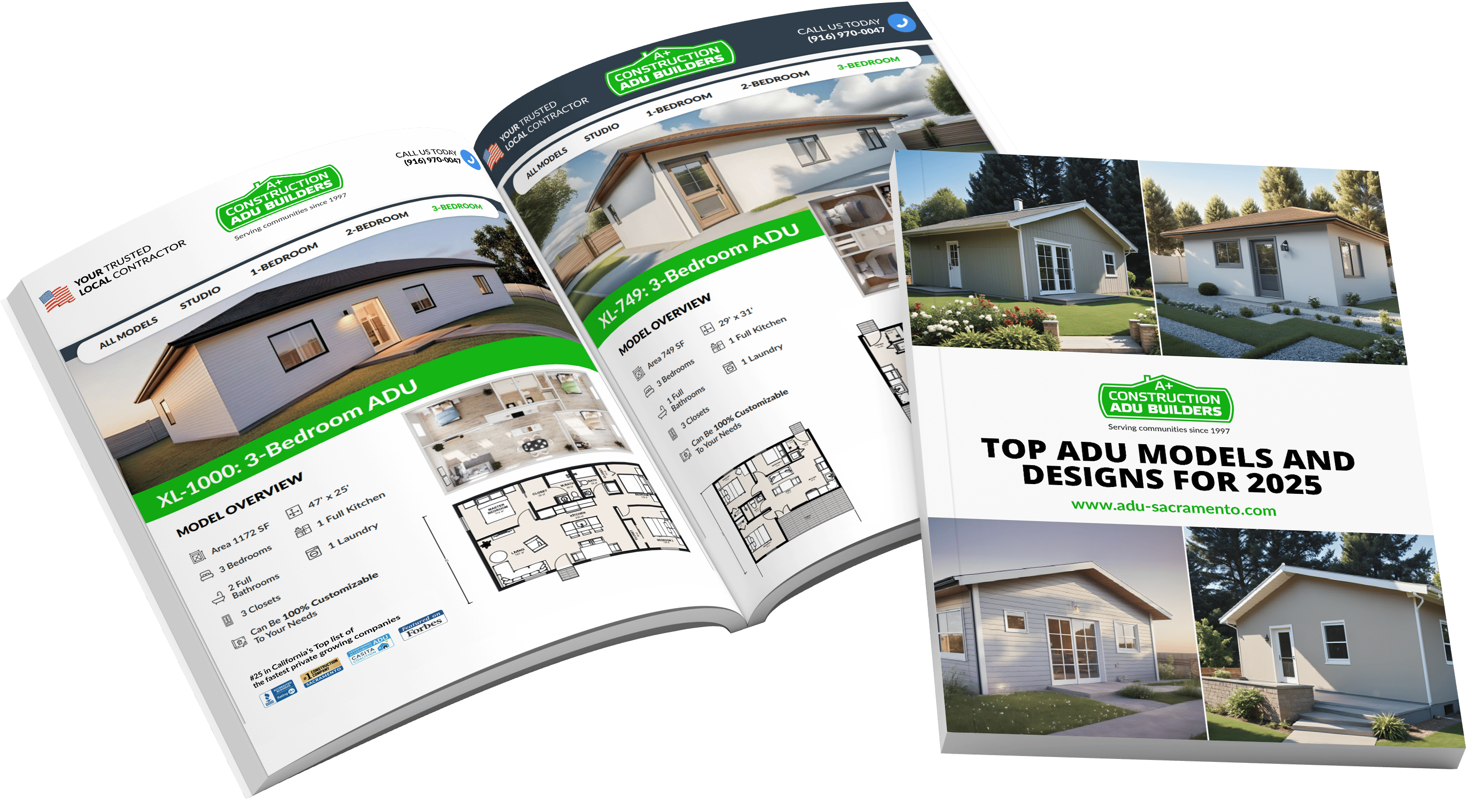


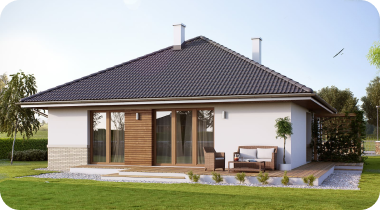
A link to download your FREE brochure will be in your inbox in 3 minutes
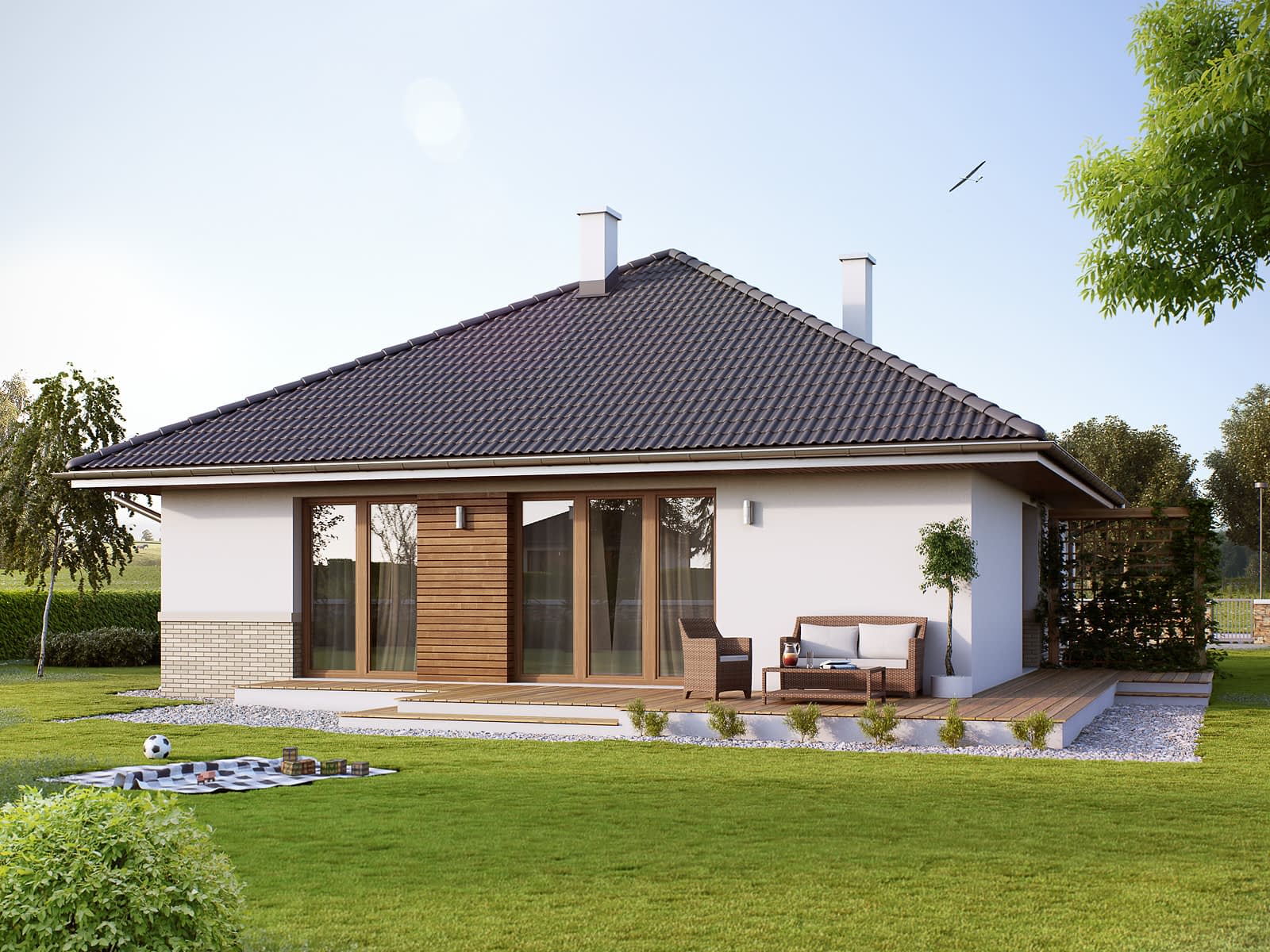


















The final price may vary based on project specifics.
To get a free accurate quote tailored to your needs, book a consultation with us today!

The price per square foot provided is an average and may vary depending on project-specific details such as materials, location, complexity, and other factors. Actual costs may differ from the average provided.
It is recommended to obtain a detailed quote based on the specific requirements of your project.

Please note that the monthly payment displayed on this page is an estimate and is subject to variation based on the selected loan product, applicants credit score, loan amount, and other financial details. Actual monthly payment may differ from the estimate provided.
It is recommended to seek advice from a financial advisor or loan officer to obtain precise payment information tailored to individual circumstances.
 Your Trusted
Local Contractor
Your Trusted
Local Contractor

In the contemporary world, there's an intriguing play on words that is capturing the imaginations of many: "big tiny homes." While it might sound paradoxical at first, the tiny house movement has demonstrated that a diminutive dwelling isn't necessarily about minimalist living. Instead, it's about optimizing space, and many of these homes are meticulously designed to feel expansive, challenging our understanding of what "tiny" means.
In the ever-evolving world of tiny homes, the importance of design has never been more apparent. These mobile homes, often built on wheels for flexibility, have begun to tap into a market where families yearn for a simpler life without compromising on comfort. The most sought-after designs incorporate features like a main bedroom with ample cabinetry, a smaller-scale bathroom with an efficient toilet system, and sometimes, additional bedrooms or a loft where guests can sleep. The exterior, often clad in rich cedar siding, creates an inviting feel that families and folks across the country have grown to love.
The focus is on making the most of small spaces, ensuring there's enough space for daily activities. To enhance this, windows are strategically placed to fill interiors with natural light, creating an illusion of a larger space. The importance of insulation, too, cannot be understated. With proper insulation, these homes can retain heat, ensuring cozy living in various climates. One of the advantages of these homes lies in their cost-effectiveness, allowing many to enjoy the luxury of a well-designed home without the hefty price tag. Additionally, the absence of grid dependencies in some models offers independence, and the innovative layout choices ensure that families have areas for entertainment.
The tiny house movement, with its emphasis on using space efficiently and delivering high-quality design, gives hope to many that sustainable and comfortable living is attainable.
Mention a "tiny house" and it conjures up images of a quaint, mobile shelter, where every corner serves a dual purpose and space is a treasured commodity. But the advent of big tiny homes is reshaping the market, encouraging folks to reconceptualize life in small spaces.
Some tiny houses now rival traditional mobile homes in size, deftly blurring the line between mobility and spaciousness. They're not merely trailers or RVs; they are well-orchestrated projects, built to provide all a family yearns for, and more. This is achieved without compromising the essence of what makes them "tiny" – the efficient use of space.
It's not just the space but how it's utilized. Lofty bedrooms, high ceilings that let in a torrent of natural light through expansive windows, and the clever cabinetry in kitchens, all ensure these homes are airy and uncluttered. The layout is crafted so each inch exudes purpose.
Unlike traditional tiny homes with perhaps a loft or main bedroom, these bigger versions often boast multiple bedrooms, catering to families of various sizes. The inclusion of fully equipped bathrooms, furnished with showers and composting toilets, means they’re missing nothing of a regular-sized home's comfort.
These homes' exterior is equally awe-inspiring. Clad in materials like cedar siding, these tiny homes are both sturdy and aesthetically pleasing, standing as architectural marvels.
Size of the tiny house doesn’t dictate price. Big tiny homes often come at a fraction of traditional houses' cost, presenting families with an economically sound choice without skimping on essential comforts.
No matter what, it is always better to order a tiny house from professional builders like Timbercraft Tiny Homes that provide both normal and RV tiny houses with rooms like a bedroom, a kitchen, a loft, and a bedroom so you could sleep, cook, and live in the property insulated with wood with comfort.
What makes these homes truly special is their adaptability. Want to live in your tiny home off the grid, entertain guests, or just relish the country's serenity? These homes can cater to that. Their absence of permanent foundation grants them the freedom of movement, allowing owners to relocate at will.
The tiny house movement, initially about downsizing and sustainability, is now also about design choice and the liberty to dictate how we live. With homes that showcase innovative cabinetry designs, bedrooms that invite natural light in, and kitchens that transform cooking from a task to an entertainment, the movement has matured. It’s about embracing a life clad in cedar, warmed by insulation that rivals any traditional home, and a space that beckons families to gather in this tiny house.
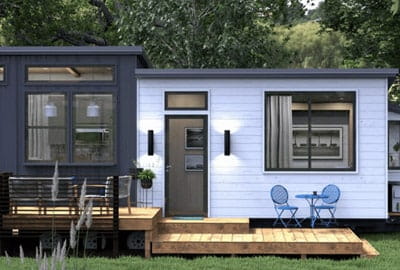
Big tiny homes are the new vanguard in housing design, fusing the art of downsizing with the mastery of optimization. These homes challenge preconceptions, from their clad cedar exteriors to interiors filled with hope and love. It's not just about living on a smaller scale; it's about thriving within it. As the exterior reflects the vivacity of life inside, and every design element—from lofts to kitchens—embodies the spirit of innovation, these homes are not just architectural wonders; they represent a choice for a sustainable, connected, and fulfilling future.
While both fall under the tiny house movement, big tiny homes provide a slightly larger scale of living. They often include design elements like multiple bedrooms, a main bedroom, and spacious cabinetry, ensuring families have enough space. Additionally, the exterior of the tiny home, often clad in cedar, is meticulously designed to deliver both aesthetics and durability.
The largest tiny house offers more space than most other tiny homes, often rivaling traditional mobile homes. This allows for features like a loft for extra sleeping space, more windows for increased natural light, and additional design features to maximize small spaces.
While big tiny homes offer more space and design intricacies, they often remain cost-effective, making them an affordable choice for families looking to embrace the tiny life. Your family budget will not even notice the cost, but the companies will deliver to you a fully-furnished house with a bathroom, a bedroom, a kitchen, a living area, a loft, walls and doors designed just for you, and plenty of other great things.
Absolutely! Insulation is a crucial component in the tiny house design, ensuring heat retention. This makes tiny homes suitable for various climates, with things like wood siding offering additional protection against the elements.
Yes, these homes are specifically designed for families, with features like multiple bedrooms, entertainment areas, and functional bathrooms. Even with the much smaller scale of everything, their design ensures that every family member feels at home, and the exterior of the tiny home provides a sense of warmth and love. More and more families choose a tiny house project and receive everything needed for comfort.
While many tiny homes are built on wheels for mobility, not all of them are. Some are stationary structures built with the same design principles, maximizing space and utility. For those built on wheels you should consider things like the length of your trailer, the width of the doors and walls, and how bright the dining table should be.
Tiny home designs often incorporate large windows, high ceilings, and open layouts. The inclusion of lofted spaces, innovative cabinetry in the kitchen, and strategic placement of windows ensures that the home is filled with natural light, giving residents the feel of a much larger space.
The allure of tiny homes is sweeping across the country as folks search for ways to balance cost with the comforts of home. These homes are specially designed to maximize space efficiency. For instance, a cleverly planned kitchen allows for all the essentials, including cabinetry and even a spot to cook, without feeling cramped. Bathrooms come equipped with compact solutions like a composting toilet. Additionally, the price point of many tiny homes, especially when compared to traditional or mobile homes, makes them a viable option for many families. Opting for a tiny home means you choose an abode that delivers the essence of what homes should feel like, but on a smaller scale and a more budget-friendly market.
Certainly! The tiny house movement has always had a strong connection with sustainable living. Many tiny homes are built to operate off-grid, ensuring that homeowners can live in harmony with nature without being tied down to conventional utilities. Features like insulation ensure that the tiny home retains heat during colder months. Some models come with composting toilets, which not only save on space but are environmentally friendly. These homes, whether on wheels like an RV or stationary, allow homeowners to enjoy life with a minimal carbon footprint, showcasing how design and sustainability can exist in perfect harmony. All in all, trustworthy contractors like Timbercraft Tiny Homes are there to consult you on any issue concerning modules or price for kitchen utensils.
Get a First Look at Real ADU Projects